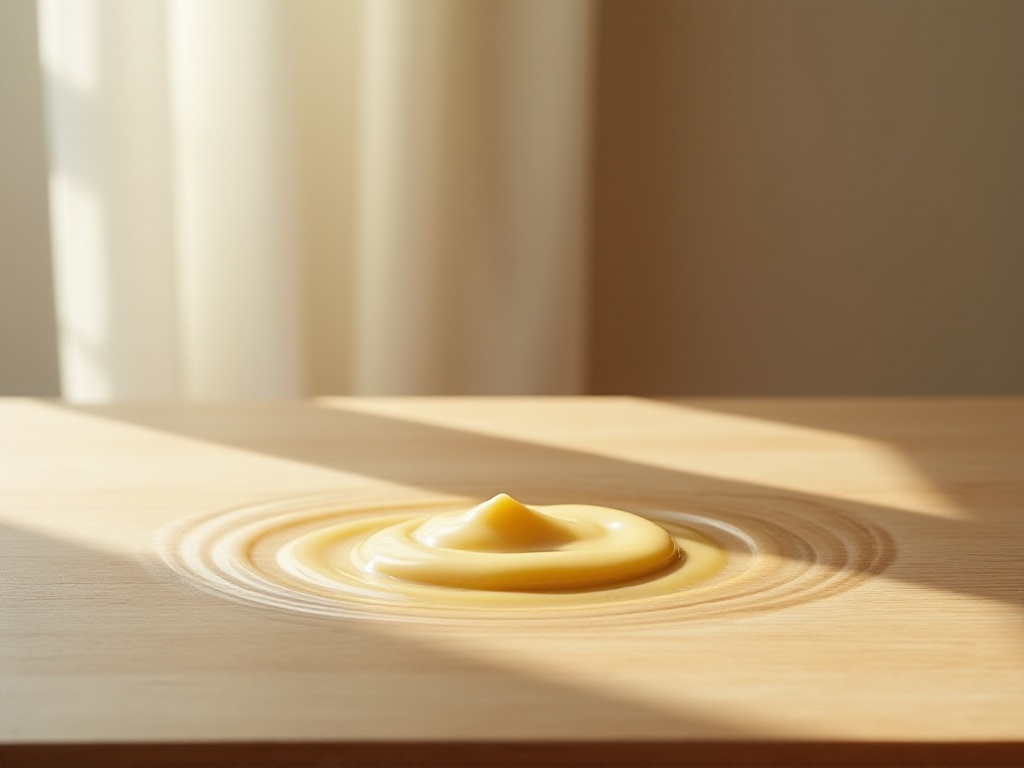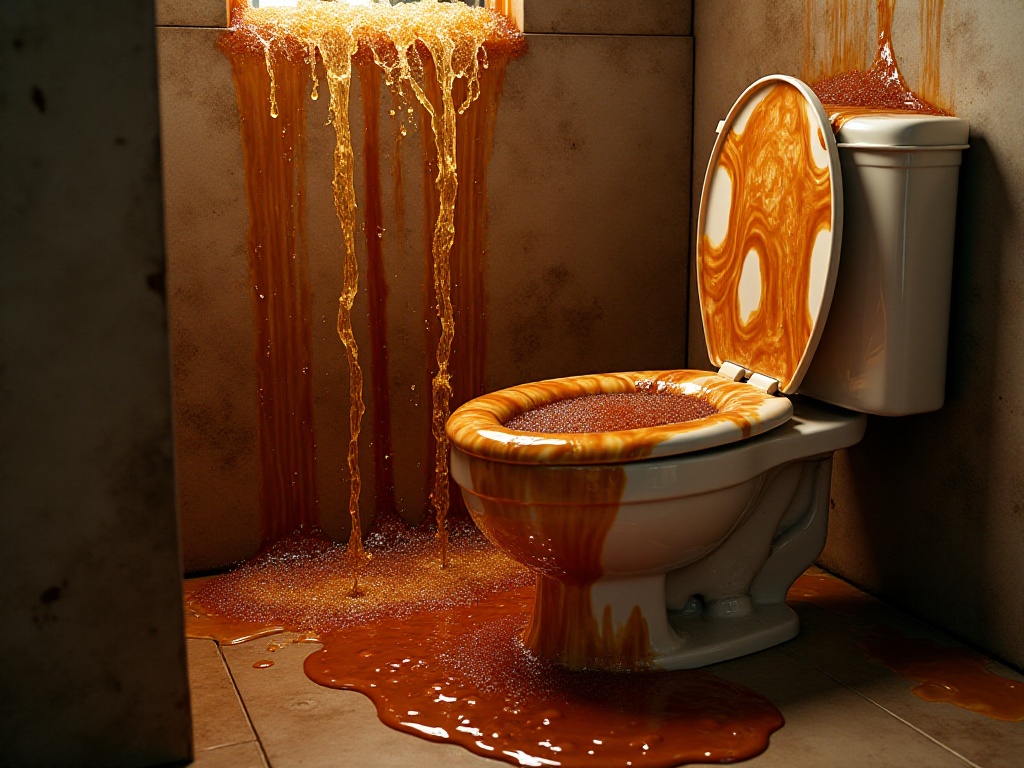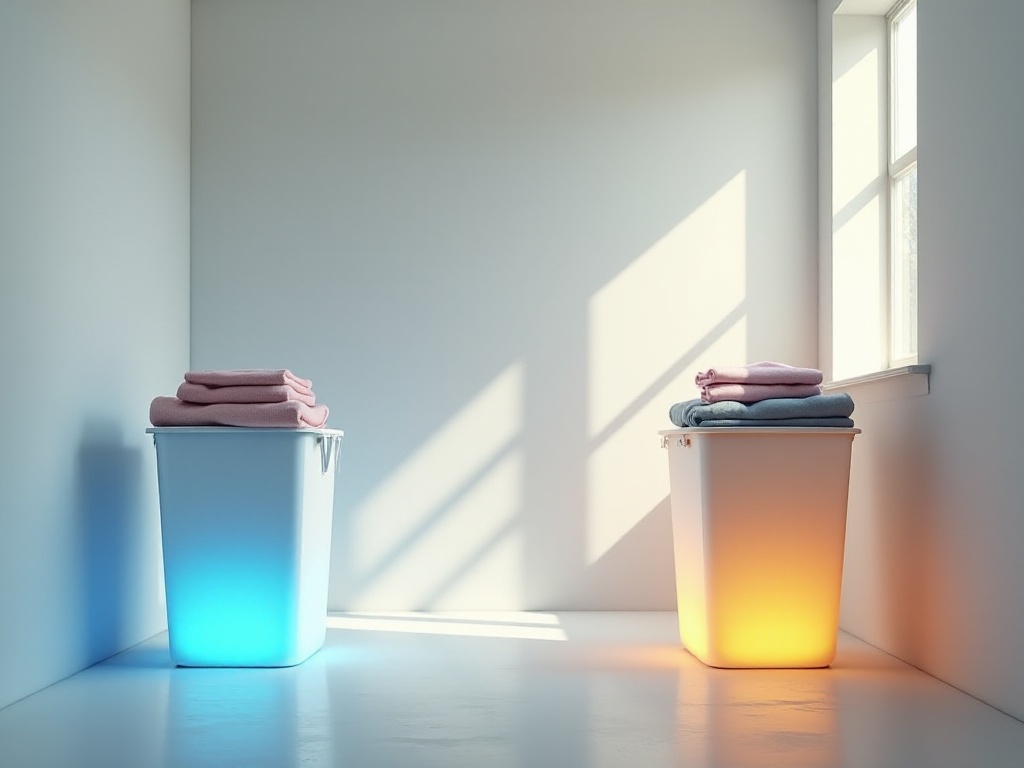Introduction
As a young person who just moved out on their own, I was really overwhelmed by various household cleaning tasks. However, after more than a year of exploration and trial, I finally developed a cleaning system that works for me. Today I'd like to share my experience with everyone. These methods are super practical, and importantly, they don't require spending much money on cleaning supplies - you can get things done with items you already have at home.
Kitchen Revolution
The kitchen is truly the most challenging area, especially for young people like us who love cooking. I remember when I first started living alone, I would face a pile of greasy dishes and stubborn stains after every meal, which was absolutely frustrating. Those who cook frequently surely understand how troublesome it is to clean oil stains and burn marks.
Speaking of cleaning cookware, I recently discovered a super effective method. I learned it from short videos - using baking soda and white vinegar. Here's how: first rinse the cookware briefly, then evenly sprinkle a layer of baking soda, and spray some white vinegar using a spray bottle. Amazingly, these two ingredients react immediately and start bubbling. After a few minutes, you'll find that those stubborn oil stains have mostly broken down. With a light scrub using a sponge, the pot looks like new.
As a recent food content creator, I frequently use various kitchen tools. The frying pan is definitely the most frequently used, but also the most prone to oil buildup. Using this baking soda and vinegar method for cleaning has really saved me a lot of effort. Plus, these two items can be bought at the supermarket and are very affordable - much cheaper than professional cleaners.
Oh, and here's a tip for cleaning the microwave. I used to think microwaves were particularly difficult to clean, especially those splattered stains from heating soups, which become as hard as cement when dried. Later I discovered a super simple method: place a large glass bowl in the microwave, add some water, and either half a sliced lemon or a few drops of white vinegar. Heat on medium for 3 minutes, allowing the steam to circulate fully inside the microwave. When the microwave is full of condensation, turn off the power, wait for the temperature to drop a bit, then wipe with a cloth - you'll find those stubborn stains come off with just a light wipe.
I now do this method weekly, especially after cooking soup or heating greasy foods. My microwave now maintains great condition, and I no longer worry about cleaning it. Plus, the lemon's fresh scent lingers in the microwave, creating a pleasant aroma every time you open it.
There are many easily overlooked corners in the kitchen, like the countertop under the range hood and crevices around the stove. These areas often accumulate a mixture of oil and dust, which becomes particularly difficult to clean over time. My solution is to quickly wipe these areas with warm water and dish soap after each cooking session, while the stains haven't fully dried. Although this takes a few extra minutes each time, it saves much more effort in the long run.
Then there's the kitchen sink issue. Many people have experienced smelly sinks, mainly caused by food debris accumulation in the drain. I've developed a habit of placing a filter screen under the sink to catch food debris. After washing dishes each day, I empty the debris from the filter and rinse it with clean water. Then every weekend, I pour some baking soda and white vinegar down the drain, which both deodorizes and cleans the pipes.
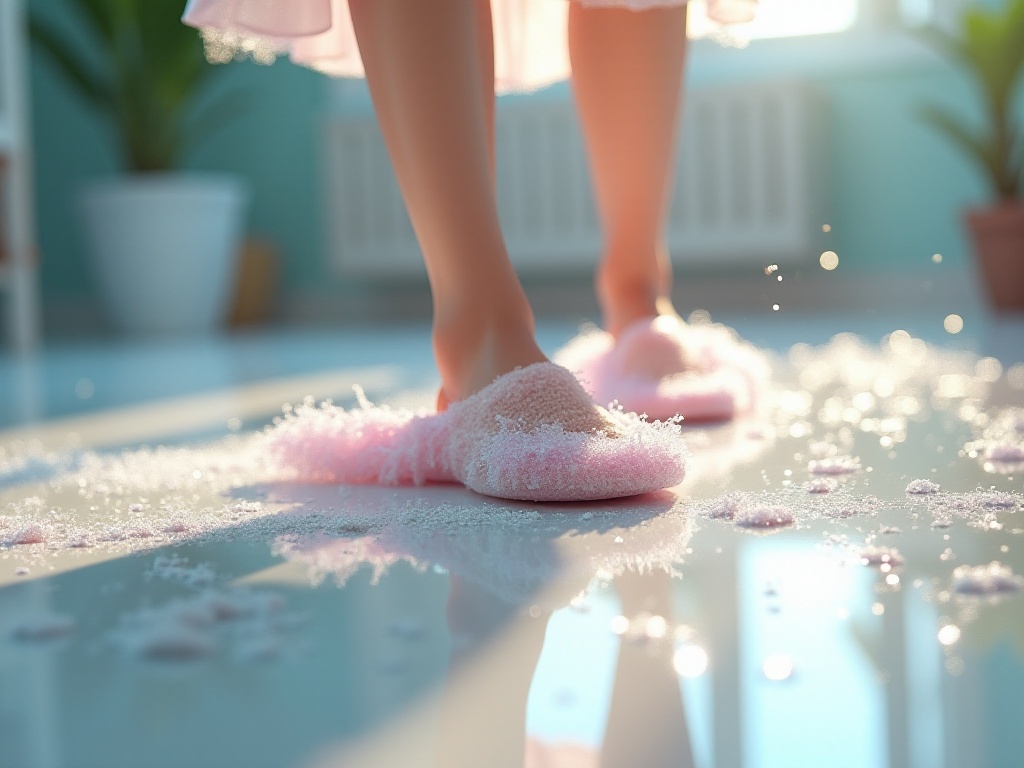
Bathroom Strategy
Honestly, bathroom cleaning is really the most daunting task, but it has to be done. I remember when I first started living alone, I would get overwhelmed just looking at the various stains in the bathroom. But now I've developed a quite practical cleaning system.
The toilet cleaning might be the most troublesome. I used to think those harsh-smelling cleaners were necessary until I discovered the magic of cola. Yes, the same cola we drink! Here's how: pour an entire bottle of cola into the toilet, making sure it coats the bowl evenly. Then wait about 30 minutes while the phosphoric acid in the cola slowly dissolves the limescale. Finally, flush, and you'll find those stubborn scale marks have disappeared.
I now clean the toilet this way about every two weeks, and the results are really noticeable. Compared to chemical cleaners, cola smells much better and is more economical. Of course, if you have any expired cola at home, it's perfect for toilet cleaning - both eco-friendly and practical.
Bathroom faucets are another headache. Because they're frequently wet, they easily accumulate limescale and look unsightly. I discovered that toothpaste is actually a great cleaning option. Just regular white toothpaste - squeeze a bit onto the water stains, gently wipe with a soft cloth, and it not only removes scale but also makes the faucet shine again. I've been using this method for a long time, and it works great every time.
Shower glass is also challenging. If not dried promptly after each shower, water spots easily form and become difficult stains over time. I now keep a squeegee in the bathroom and immediately wipe down the glass after showering. Then every weekend, I spray white vinegar on the glass, let it sit for a few minutes before wiping clean, which keeps the glass transparent.
Bathroom tile grout also easily gets moldy, especially in poorly ventilated environments. I found that applying a baking soda paste to the grout lines and gently scrubbing with a toothbrush effectively removes mold. After cleaning, use a hair dryer to dry the area, which helps prevent mold from growing back.
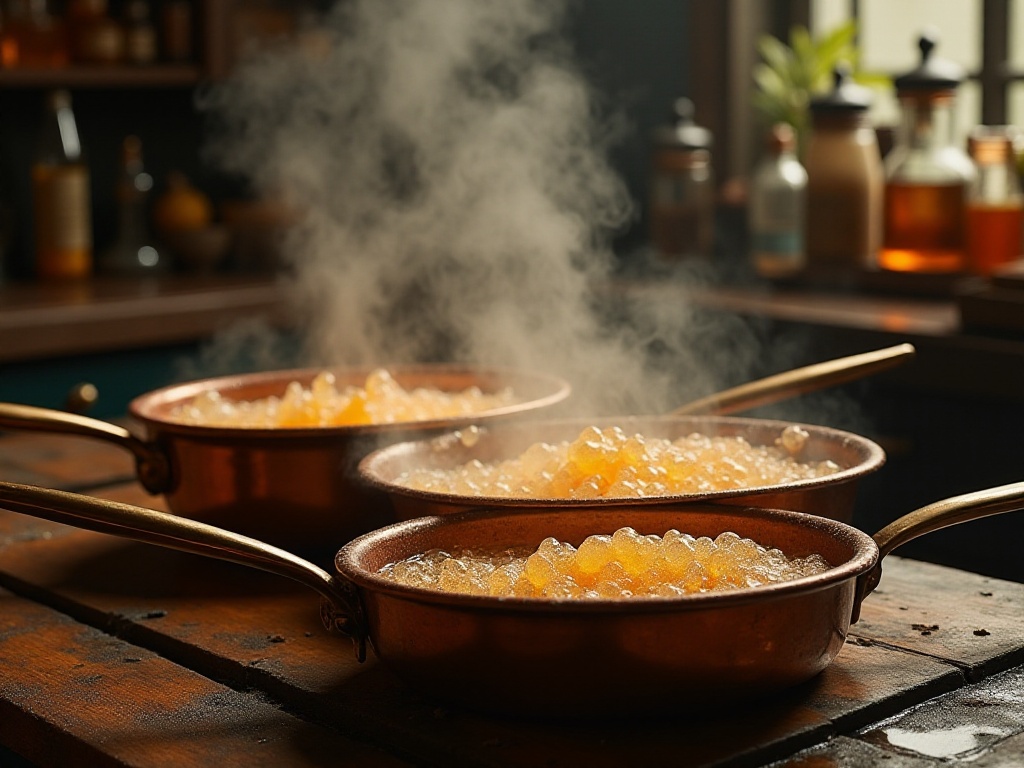
Floor Cleaning
When it comes to floor cleaning, this might be the most time and energy-consuming household chore. However, I discovered a good method that combines cleaning with exercise: tie cleaning cloths to your feet and clean while walking. It might seem silly at first, but once you get used to it, you'll find it's really efficient. Plus, you get to move your body while cleaning - killing two birds with one stone.
I now clean the floor this way every day after work. First vacuum up the dust, then spray some water on the mop cloth, tie it to your feet, and start "dancing." Cleaning while listening to music doesn't feel tedious at all. This cleaning method is particularly suitable for office workers like us who lack exercise.
Different floor materials require different cleaning methods. Wooden floors shouldn't get too wet to avoid warping. I usually use a slightly damp mop for a quick wipe, then immediately dry with a towel. Tile floors can be cleaned with warm water and some detergent for better results.
Iron rust often appears on cement floors in garages or balconies, and this is where white vinegar comes in handy. I pour vinegar directly on the rust stains, wait about 15 minutes, then gently scrub with a brush. Generally, the rust stains can be completely removed. After rinsing with clean water, there's no trace of the previous rust.
Floor corners are also important as they easily accumulate dust. I use a small brush with some cleaning solution to carefully scrub corners and baseboards. Although this process is time-consuming, the whole room looks renewed when finished.
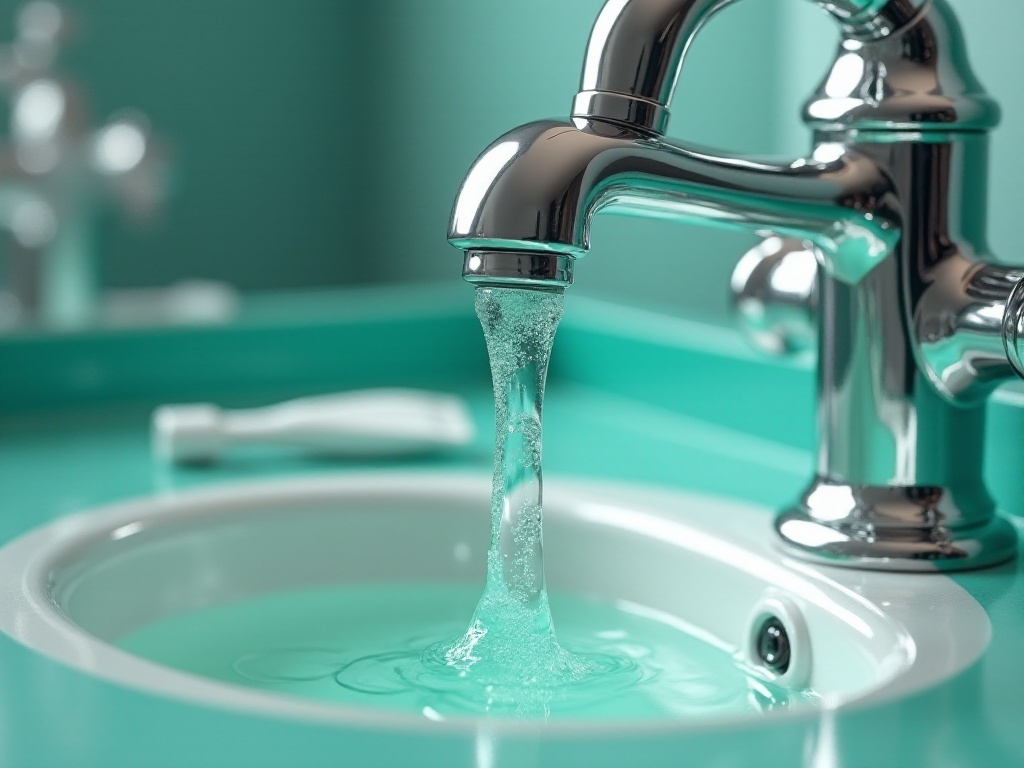
Storage Tips
After cleaning, proper storage is equally important. I think good storage methods not only make the home look neat but also save space and resources.
For example, with cleaning solution bottles, many people throw them away when they're almost empty. Actually, you can add some water, shake well, and continue using. This way you can use every last drop of cleaner and save money. I handle all my cleaning solutions this way now, and it's saved quite a bit of money.
Shopping bag storage is another issue. I used to just stuff them somewhere, making it a mess when I needed one. Later I learned to fold plastic bags into small triangles or rolls, which not only saves space but makes them easier to find. I dedicated a drawer in the kitchen specifically for storing these organized shopping bags. Whenever I need one, I can easily find the right size by just opening the drawer.
Storing cleaning tools is also important. I set up tool racks in both the bathroom and kitchen, organizing commonly used cleaning tools by category. The kitchen rack holds dish cloths, sponges, and dish soap, while the bathroom has toilet brushes, mops, etc. This not only makes tools easy to access but also prevents cross-contamination.
For less frequently used cleaning supplies, I label the packaging with purchase and opening dates. This helps identify expired products and avoid waste. Also, some cleaners become less effective after opening, so knowing the opening date helps better control their use period.
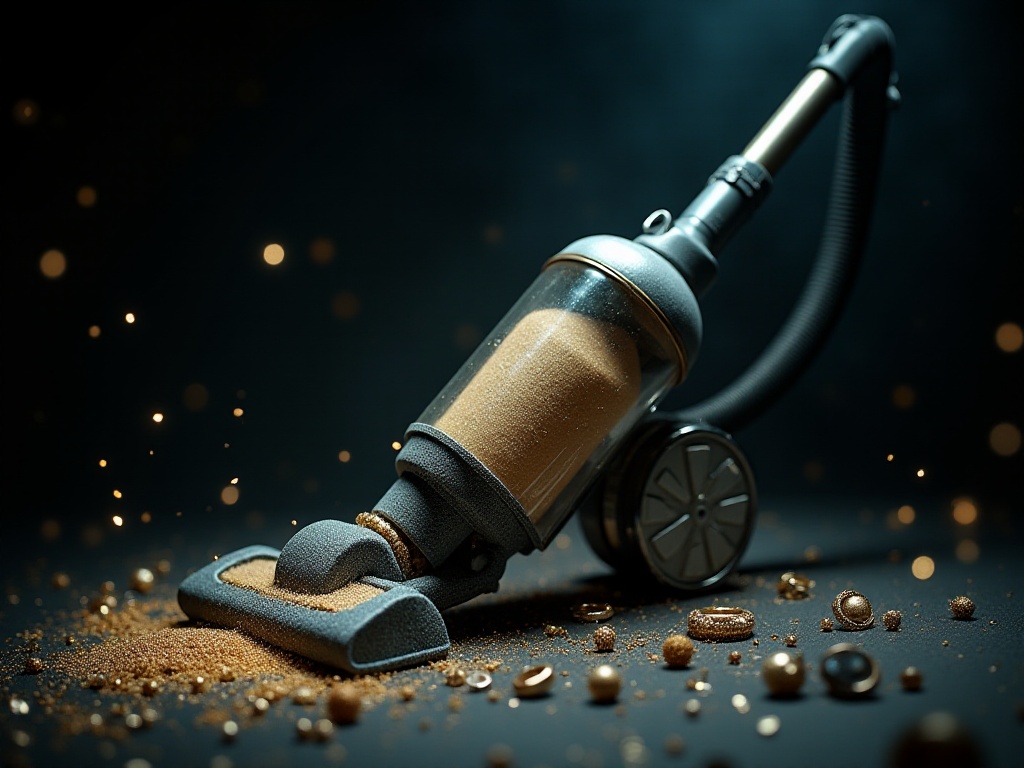
Final Thoughts
Through this year-plus of exploration and practice, I've deeply realized that maintaining a good home doesn't require many professional cleaning products. The key is developing good habits and learning to creatively use items around you. The sense of achievement when seeing your home clean and tidy is really wonderful.
These are all my personal experience summaries. They might not be the most professional methods, but they're what I've found works best for me through practice. I hope these suggestions can inspire everyone to make their homes more cozy and comfortable.
If you have any unique cleaning tips, feel free to tell me in the comments. I believe through mutual exchange and sharing, we can all find the most suitable cleaning methods for ourselves and make life more beautiful.


